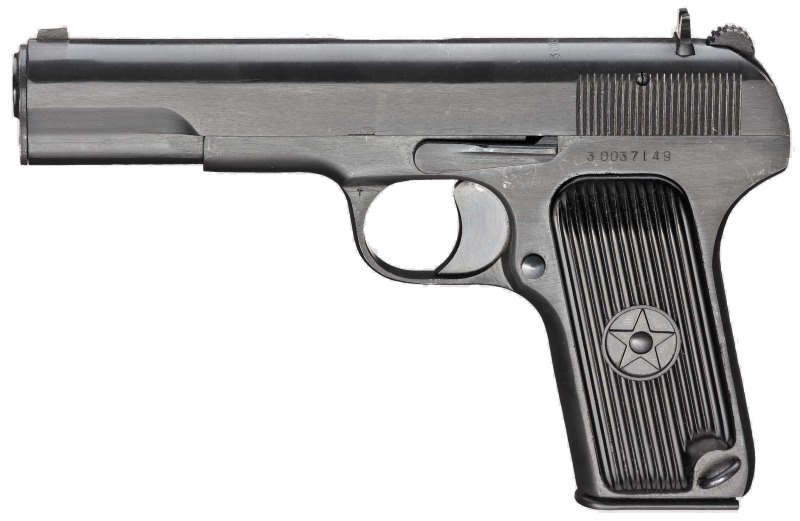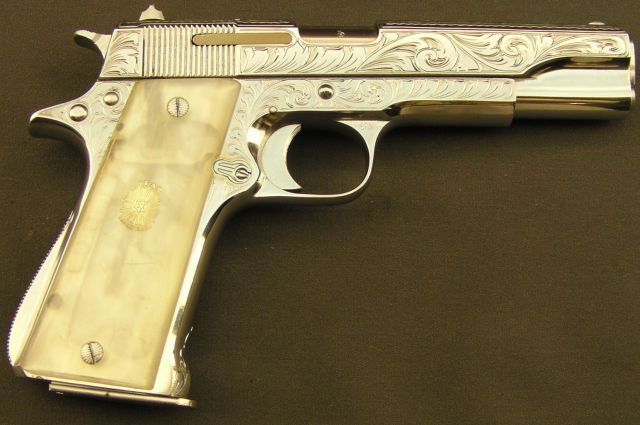

Initially the family of pistols was chambered in 9mm Largo, but it eventually included the 9x19mm cartridge. Soon after the Star Model A was marketed to civilians and in 1924 the Model B began its first generation of production.Ĭhanges to both models A and B continued concurrently, including the removal of a grip safety and the addition of an arched backstrap, with each variant modifying and simplifying the design further. An updated version, rechristened the Model 1921, appeared the following year. produced a pistol, designated the Star Modelo 1920, for Spain’s Guardia Civil. (Photo: Francis Borek)Īfter this evaluation the decision was reached to adopt a clone of John Browning’s Colt M1911 handgun for both practical and commercial reasons. Accordingly, Spain re-evaluated what their native handgun companies, like Star Bonifacio Echeverria, S.A., were producing alongside the designs that had seen action during the Great War.Ī five round group with Federal JHP’s. “Complex” made for a gun that cost more in both money and time, two factors armies could not spare in war. Soon after the First World War (in which they were officially neutral) the Spanish Army realised that their standard issue handgun was too complex for the modern battlefield. Luckily for many, Spain adopted a near-clone of the 1911 and kept it in service for decades. Then there is the price of ammunition to factor in as well. To complicate matters, long time shooters of this platform often won’t even touch a 1911 under $800 and will advise others to do the same. New US-made 1911s can start at around $650 and work their way up from there (unless of course you catch a store having a sale).


One criticism that dogs the 1911 these days however are the prices. There are plenty of reasons why modern shooters enjoy 1911 handguns and, despite valid criticisms, John Browning’s famed design still endures to this day. The STAR Super B’s lineage from the 1911 is quite evident on the outside.


 0 kommentar(er)
0 kommentar(er)
